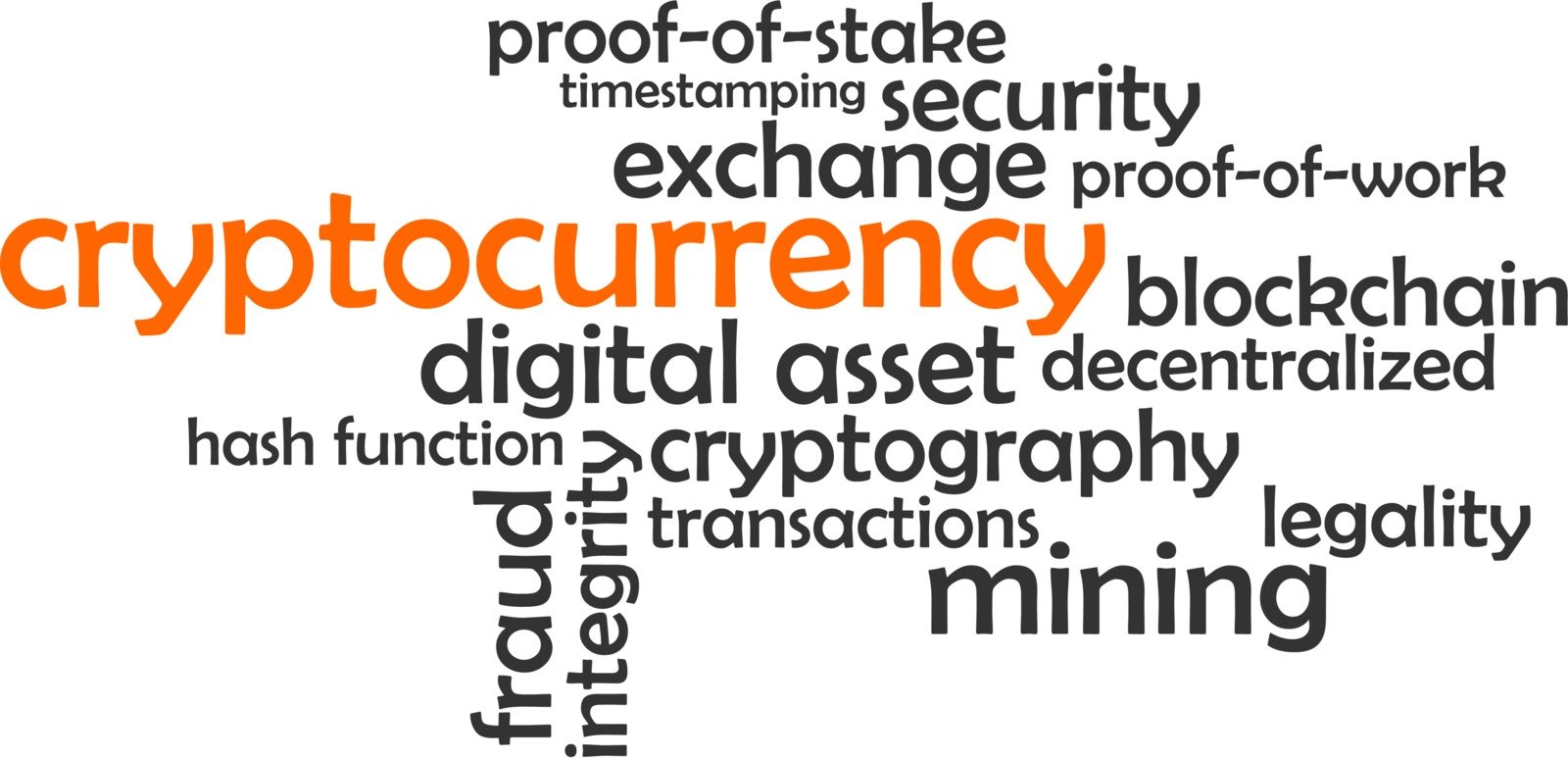A 51% attack in crypto and blockchain technology is when a single entity or group of entities gains control over more than 50% of the network’s mining power. This allows them to manipulate the blockchain by reversing transactions, double-spending coins, or censoring certain transactions. It is considered a serious security threat as it undermines the decentralized nature and trustworthiness of the blockchain network.
1. Bitcoin (2009): The first documented case of a 51% attack occurred in 2010 when an individual miner, named “doublec,” gained control of more than 50% of the Bitcoin network’s mining power. However, no malicious activity was reported.
2. Litecoin (2012): In 2012, an unknown miner briefly gained control of over 50% of the Litecoin network, leading to concerns about the security of the system. The incident prompted the Litecoin community to implement additional security measures to prevent future attacks.
3. Feathercoin (2013): Feathercoin, a lesser-known cryptocurrency, experienced a 51% attack in 2013. The attacker successfully executed double-spending attacks, causing significant financial losses for several exchanges.
4. Vertcoin (2018): In 2018, the Vertcoin network fell victim to multiple 51% attacks. The attackers successfully carried out double-spending attacks and reorganized the blockchain, leading to financial losses for exchanges and users.
5. Ethereum Classic (2019): One of the most high-profile 51% attacks occurred in 2019 when Ethereum Classic, a blockchain that split from Ethereum, was targeted. The attacker gained control of the network and executed double-spending attacks, resulting in millions of dollars’ worth of stolen funds.
6. Bitcoin Gold (2020): Bitcoin Gold, a cryptocurrency created through a hard fork of Bitcoin, experienced multiple 51% attacks in 2020. The attackers successfully carried out double-spending attacks, causing financial losses for exchanges and users.
7. Ravencoin (2021): In 2021, Ravencoin, a blockchain designed for asset transfer, suffered a 51% attack. The attacker reorganized the blockchain, causing disruptions and financial losses for users.







